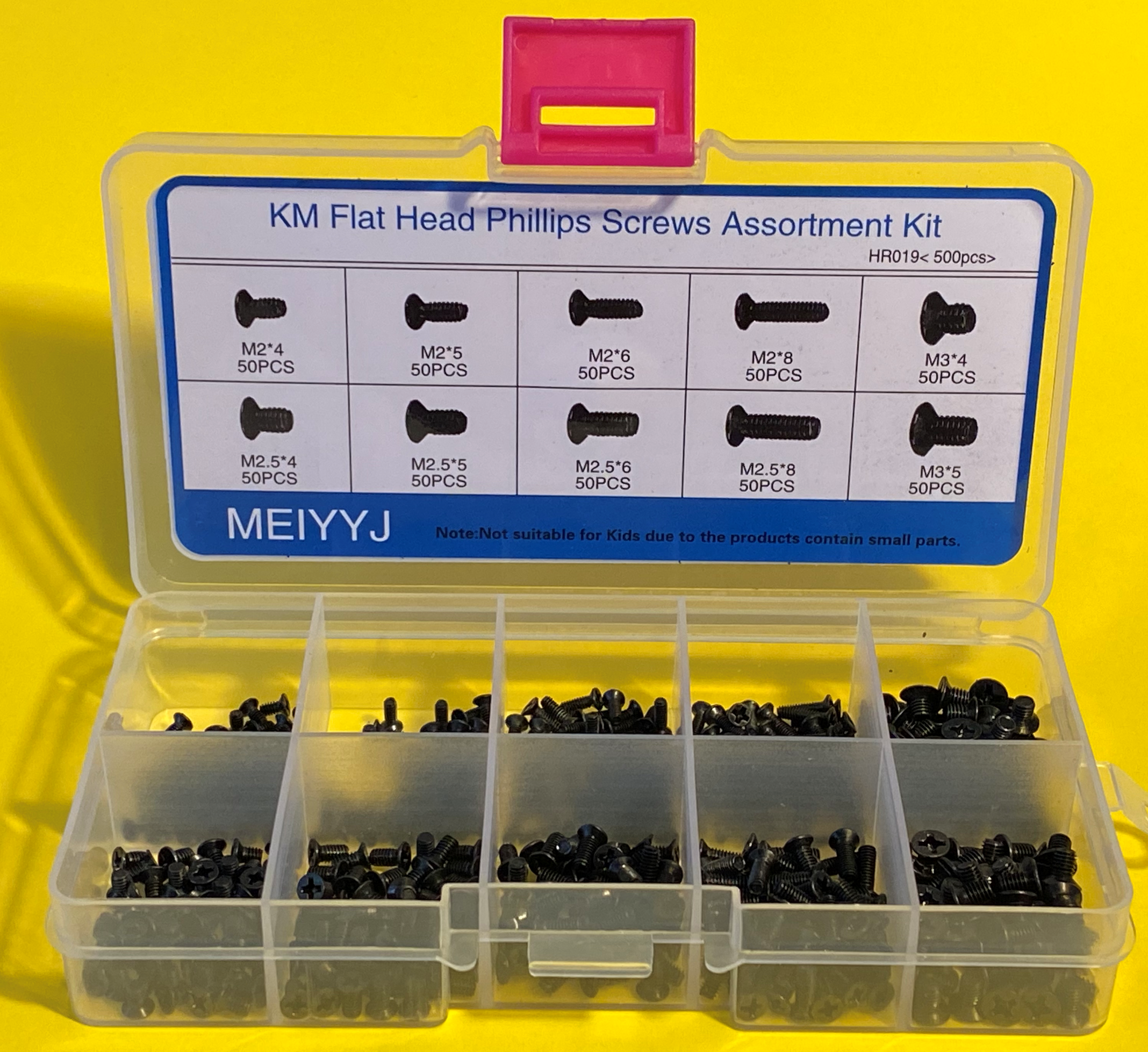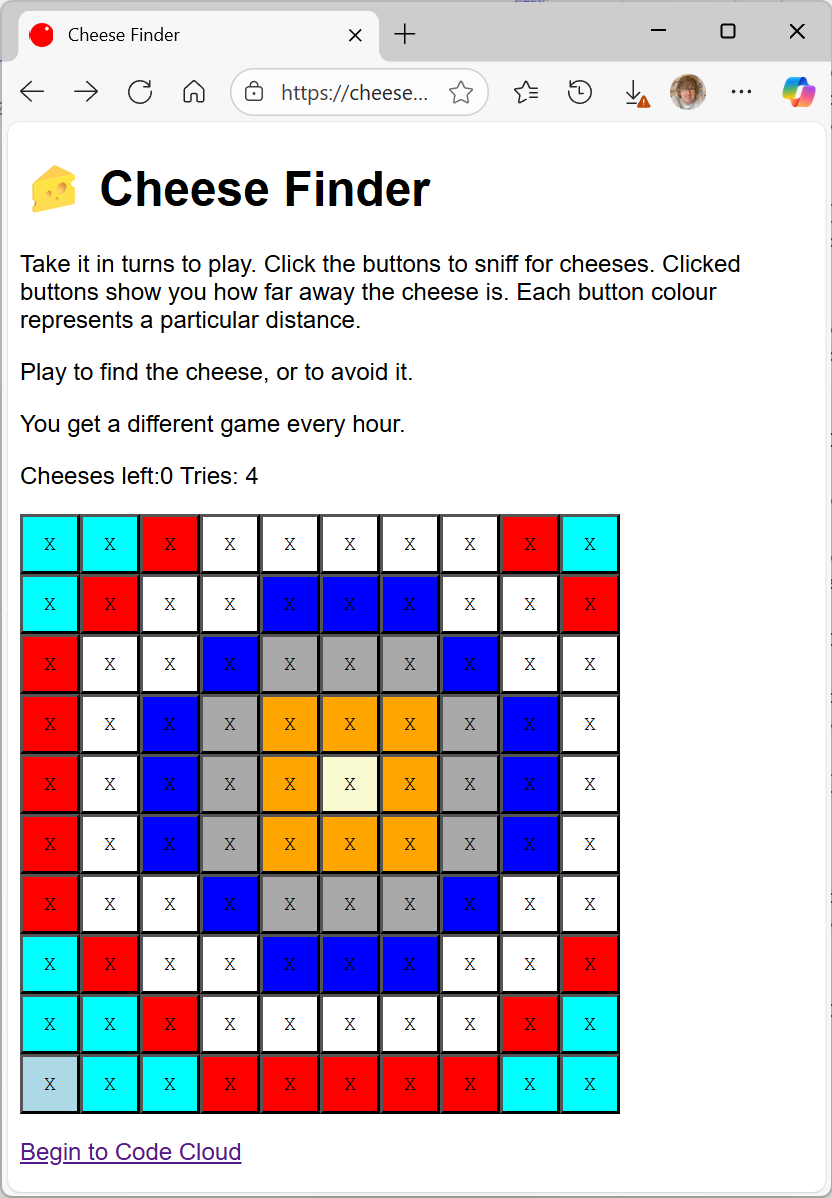Detecting different ESP devices in Arduino Code
/This is one of these “Rob writes a blog post about something so that he can find it later when he forgets how to do it” moments. I’m writing some code using the Arduino platform that I’d like to run on both the ESP32 and the ESP8266. They both run C++ and have a lot in common. But some things are just different. For example they have different commands to ask a device for its unique ID is getFuseMac for the ESP32 and getChipId for the ESP8266.
Fortunately we can use the magic of conditional compilation to make our C++ code always do the right thing. The code below shows how it works.
#if defined(ARDUINO_ARCH_ESP32)
#define PROC_ID (unsigned int)ESP.getEfuseMac()
#endif
#if defined(ARDUINO_ARCH_ESP8266)
#define PROC_ID (unsigned int)ESP.getChipId()
#endifThe symbols ARDUINO_ARCH_ESP32 and ARDUINO_ARCHESP8266 are defined if the program is being built for the respective device. The C++ above defines a PROC_ID symbol that can be used in my code to get the right version.





























